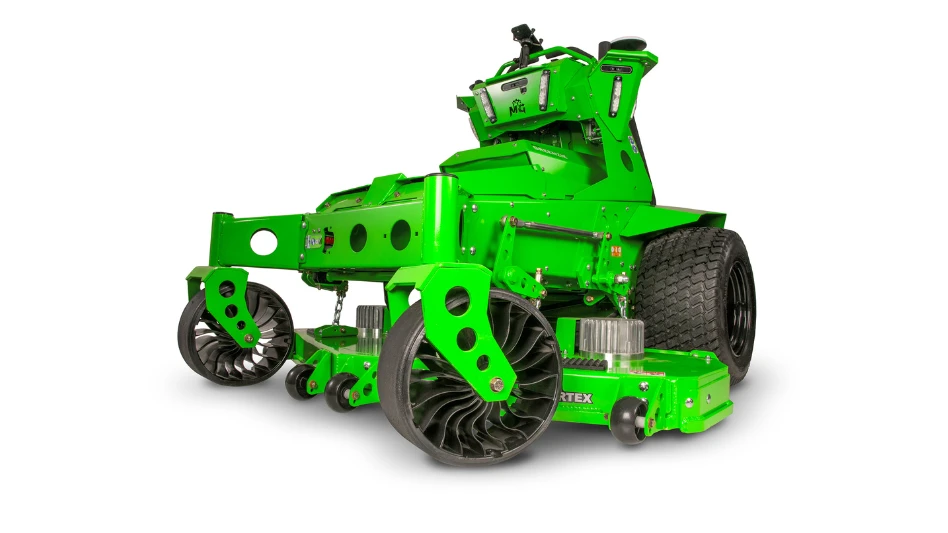
|
“With shipping and transportation today, they are probably everywhere,” says Roger Gold, professor and endowed chair in the department of Entomology at Texas A&M University. There are two types of termites that are most common in lawns: Subterranean (Rhinotermitidae) or agricultural (Termitidae). Both termite types have “workers” that cause the damage, and “soldiers” that defended the colony. The reproductive castes are known as “queen” and “kings” and swarm during the spring and summer months. A third type of termite is known as Drywood and essentially lives in the plants themselves, like in trees where they eat wood. Subterranean and agricultural termites live in the soil, where they tunnel through and attack cellulose either on the roots of plants, or above ground. The agricultural termites prefer to eat decomposing grasses, but in times of drought, they will attack growing ground covers. A drywood termite can be identified in the solider caste by having teeth on the mandibles. “The mandibles are out in front of the face on the termites and they are used for the defense of the colony. The worker caste also has mandibles, but they are very small compared to the soldier,” Gold says. There are also characteristics on the soldier’s head or the wings of the swarmers that give it away. “The soldiers of subterranean termites have smooth mandibles, while both agricultural and drywood termites have at least one prominent tooth on the mandible,” Gold says. However they are broadly jointed between the thorax and the abdomen, while ants have a narrow segment known as a pedicle. “As far as lawns go, the damage from agricultural termites usually become apparent when the lawn or pasture is stressed and is drying or thinning out,” he says. “If subterranean or drywood termites are destroying a tree, then control would be justified,” Gold says. Look for products that contain the active ingredients imidacloprid, fipronil or bifenthrin. Always read pesticide label directions, Gold says, because the site or pest must be on the label to legally use the product.
|

Explore the August 2011 Issue
Check out more from this issue and find your next story to read.
Latest from Lawn & Landscape
- Connect, Control & Conserve with Horizon Technical Services
- Use Horizon's Parts Hotline
- How I built a Top 100 company
- Horizon’s Exclusive TurfGro Fertilizer
- Grow your business with mosquito control
- LandCare adds 2 branches in SoCal, promotes Aleman to branch manager
- Spray them away
- PERC helps debut propane direct-injection fuel system at ACT Expo 2025






